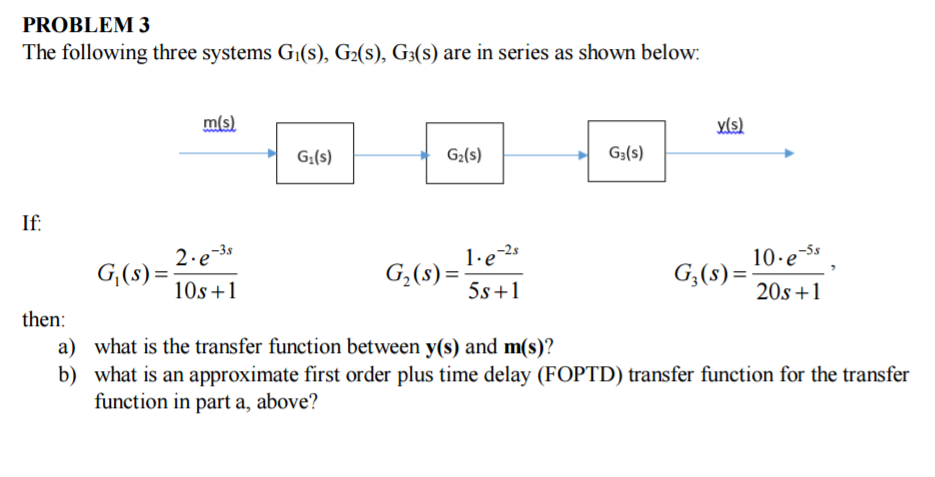Systematic analyses of binarized images of the G1S transition A Two Biology Diagrams The accurate transition from G1 phase of the cell cycle to S phase is crucial for the control of eukaryotic cell proliferation, and its misregulation promotes oncogenesis.

On the basis of current knowledge, control of the G1/S phase transition is largely a matter of regulating a set of specific cyclin dependent kinase (CDK) activities. In mammalian cells, the G1/S specific CDK activities are composed of complexes between D type cyclins and either CDK4 or CDK6 and between cyclin E (and possibly cyclin A) and CDK2. In the commonly accepted paradigm for control of the mammalian cell cycle, sequential cyclin-dependent kinase (CDK) and cyclin activities drive the orderly transition from G1 to S phase. However, recent studies using different technological approaches and examining a broad range of cancer cell types are challenging this established paradigm. An alternative model is evolving in which cell The G1/S transition of the cell cycle is a critical control point for cell proliferation and a target of new cancer therapies. Rubin et al. describe the existing molecular models for G1/S regulation by the Cdk-Rb-E2F and other pathways, and they review recent studies that challenge those paradigms.

G1/S transition Biology Diagrams
The G1/S transition is a stage in the cell cycle at the boundary between the G1 phase, in which the cell grows, and the S phase, during which DNA is replicated. [1] The cell cycle control system is biochemically based so that the proteins of the mitosis promoting factor Cyclins regulate cell cycle timing by activating CDKs. Their levels fluctuate throughout the cycle, rising and falling in a phase-specific manner. Different cyclins are associated with distinct stages: cyclin D in G1, cyclin E at the G1/S transition, cyclin A in S and G2, and cyclin B in mitosis. Notably, although the role of endogenous replication stress during the mother S phase provides well-established control of the daughter G1/S transition (19,22,23,40,45), a parallel contribution from ROS-mediated DNA damage arising from mother cell respiration has not been studied (to our knowledge), and may be an important avenue for future

Strikingly, the cell-cycle phase targeted most frequently in multistep oncogenesis is the control of G1/S transition. This period includes the late-G1 commitment to replicate the genome and complete the cycle (the restriction point control), and the initiation of DNA replication, events regulated by the so-called `RB pathway'.
